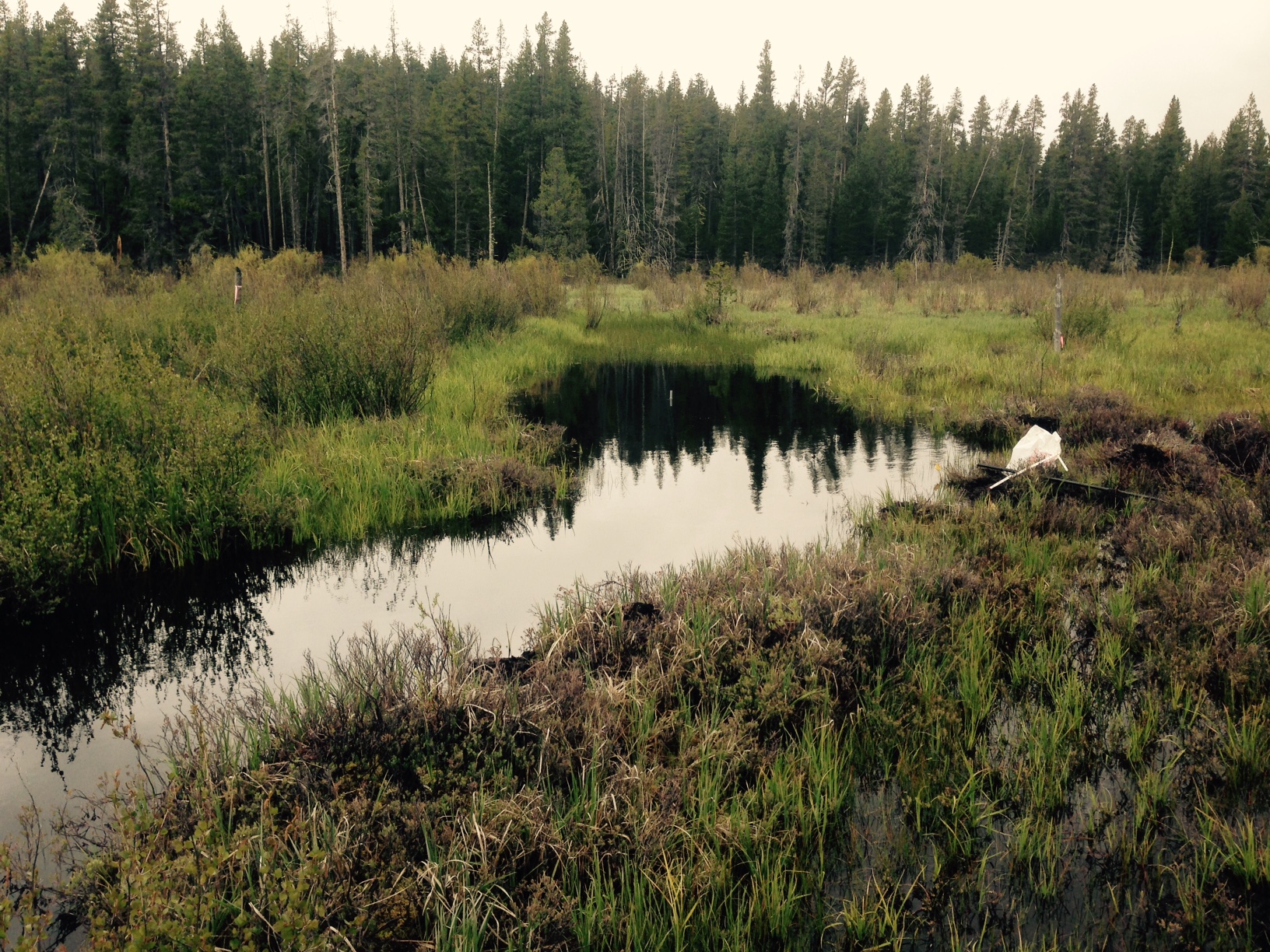Population Dynamics of the Threatened Oregon Spotted Frog (Rana pretiosa) Before and After Drought Mitigation
Abstract/Summary
Amphibians are among the most sensitive taxa to climate change, and species inhabiting arid and semiarid landscapes at the extremes of their range are especially vulnerable to drought. The Jack Creek, Oregon, USA, population of Oregon spotted frogs (Rana pretiosa) faces unique challenges because it occupies the highest elevation site in the species' extant range and one that has been transformed by loss of American beavers (Castor canadensis[/]), which historically maintained open water. We evaluated the effects of drought mitigation (addition of excavated ponds) on relationships between local and regional water availability, inactive legacy beaver dams, and Oregon spotted frog population dynamics in the Jack Creek system. We conducted egg mass surveys and capture-mark-recapture sampling at a treatment reach with excavated ponds and 3 reference reaches over 13 years; surveys spanned a period before and after pond excavation at the treatment and 1 primary comparison reference reach. We analyzed data using a combination of robust design capture-mark-recapture estimators and generalized linear mixed models to characterize population dynamics. Adult Oregon spotted frog survival was approximately 19.5% higher at the treatment reach than the primary reference reach during the study period. Annual survival was most strongly associated with late summer vegetation greenness, a proxy for water availability, and males had higher survival than females. Among the 4 study reaches, the treatment reach consistently had higher late summer vegetation greenness, and the hydrology functioned more independently of regional precipitation patterns relative to the reference reaches; however, these dynamics were not linked to pond excavation. Breeding was concentrated in 2 legacy beaver ponds that were deepened by excavation during the study compared to an unexcavated beaver pond, 2 excavated ponds without legacy beaver dams, and 9 reference ponds. These results point to the benefit of enhancing existing beaver structures and indicate that management actions aimed at maintaining surface water for breeding in spring and saturated soils and ponded water for adults in late summer would benefit this unique population of Oregon spotted frogs in the face of drought.
Publication details
| Published Date: | 2023-09-22 |
| Outlet/Publisher: | The Journal of Wildlife Management |
| Media Format: |
ARMI Organizational Units:
Pacific Northwest - BiologyTopics:
DroughtManagement
Monitoring and Population Ecology
Species and their Ecology
Stressors
Water
Place Names:
OregonPacific Northwest
Keywords:
amphibiansARMI
climate change
colonization
demographics
drought
ecology
extreme events
habitat
habitat alteration
hydroperiod
management
mark-recapture
monitoring
NDVI
pond-breeding amphibians
population
restoration
stressors
surface water
survival
threatened species
water
wetlands

